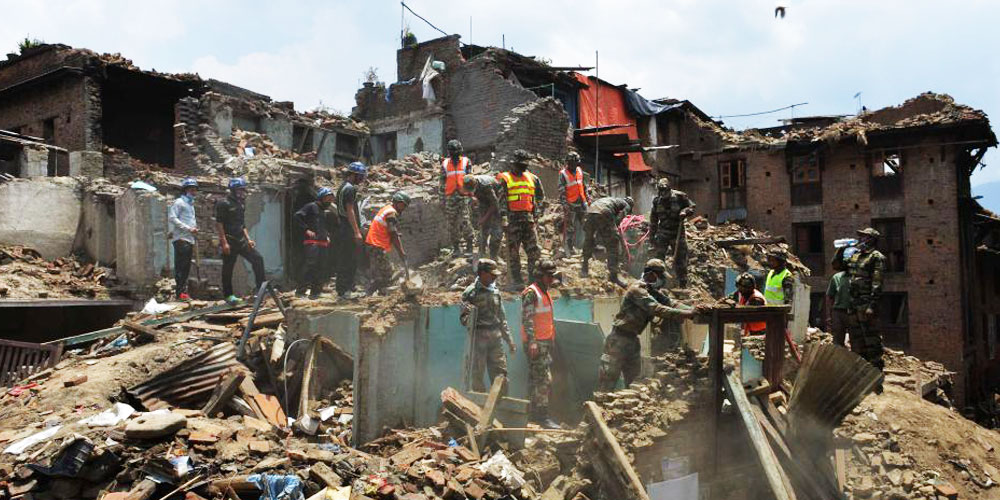To promote a global culture of risk-awareness and disaster reduction, International Day for Disaster Risk Reduction was started 30 years back, in 1989 by the United Nations General Assembly.
Since then, every year on October 13, this day is all about creating awareness and to see how people and communities around the world are taking steps to reduce their exposure to disasters and creating awareness about the importance of reigning in the risks they face.

2019 Theme
This year, in 2019, the theme is to – Reduce disaster damage to critical infrastructure and disruption of basic services. This edition will continue as a part of the “Sendai Seven” campaign, centered on the seven targets of the Sendai Framework.
What is the “Sendai Seven” campaign?
UN Office for Disaster Risk Reduction, UNDRR launched the “Sendai Seven” campaign in 2016 which focussed on the seven targets of the Sendai Framework. Their primary aim is to focus on reducing disaster mortality across the world.
Last year in 2018, their focus was on the prevention of disasters and also protecting the number of people getting affected by them.
The UN website mentions that it is an opportunity for all including governments, local governments, community groups, civil society organizations, the private sector, international organizations, and the UN family, to promote best practices at the international, regional and national level across all sectors, to reduce disaster risk and disaster losses.
This Year’s Target
To “substantially reduce disaster damage to critical infrastructure and disruption of basic services, among them health and education facilities, including through developing their resilience by 2030” will be this year’s focus and it is the target (d) of the Sendai Framework.
The idea is to take care of places such as schools and hospitals where the risk of casualties can be higher when a disasters strike such as earthquakes and tsunamis. Therefore, ensuring that these buildings last in disaster-prone locations, hazard-appropriate planning regulations and building codes are enforced.
Apart from this, other ways through which Sendai Framework targets are achieved include basic services like providing life-saving utilities and services such as food and water supply, transport, energy, and telecommunications.

